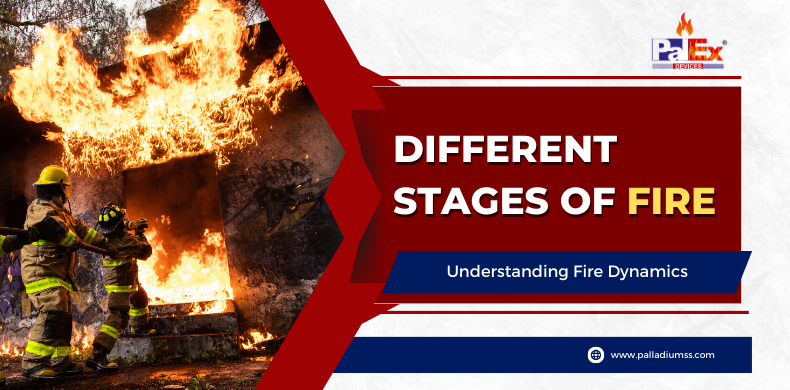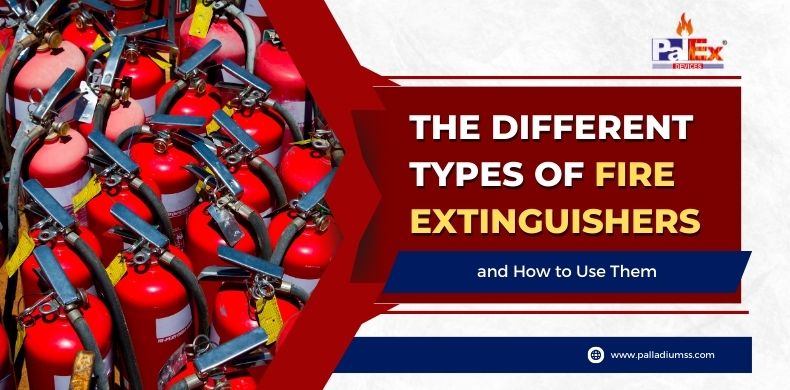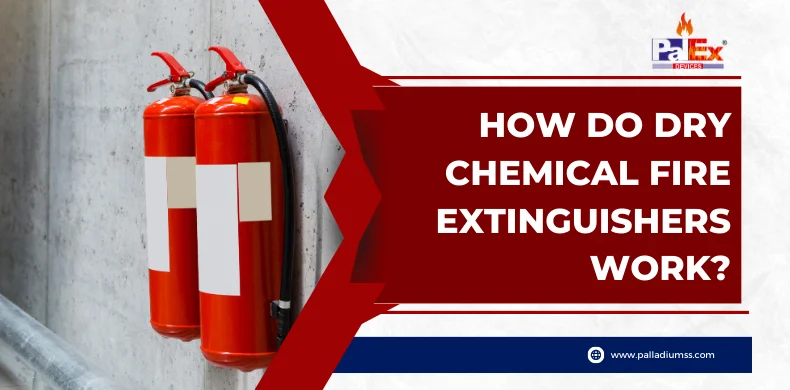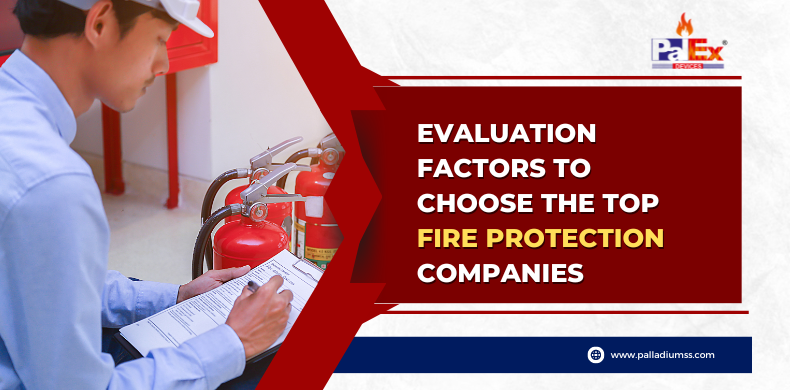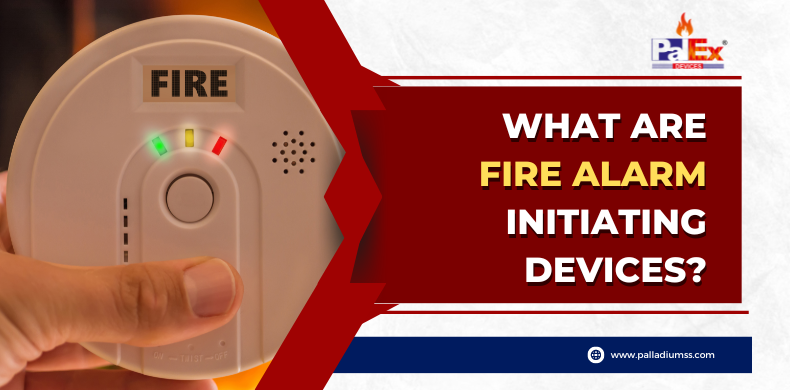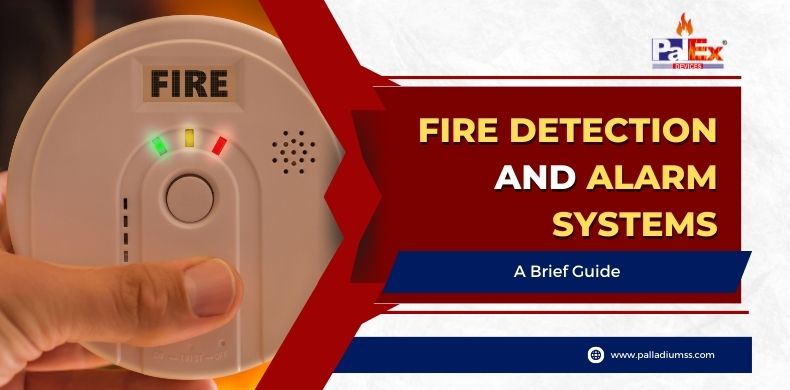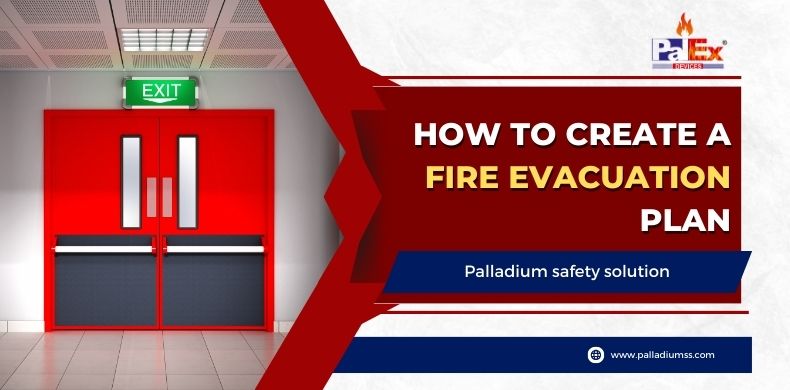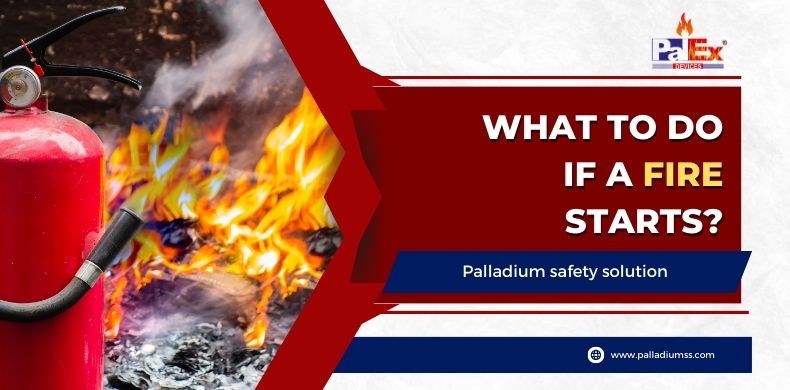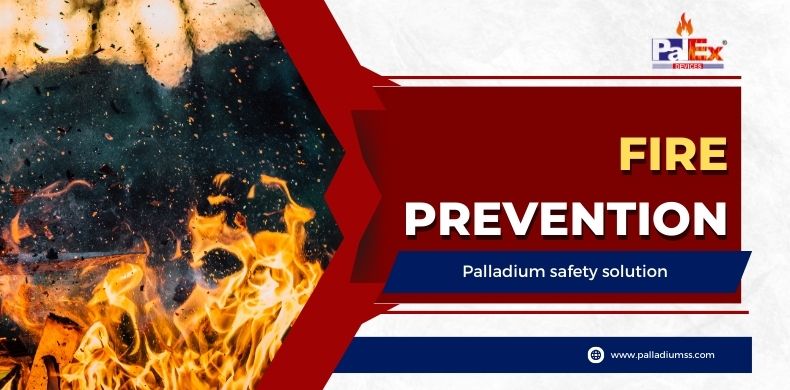Urban firefighting is a critical endeavor involving swift and effective control of fires in densely populated areas.
Fire hose pipe stands out as a primary weapon in their arsenal among firefighters’ various tools and equipment.
This blog will delve into the essential role of fire hose pipes in urban firefighting, the challenges faced in their utilization, and the innovative solutions developed to overcome these obstacles.
The Vital Role of Fire Hose Pipes
Fire hose pipes are like the backbone of firefighting work. They are very important because they help to move water or other substances that put out fires from one place to another. These dependable and efficient pipes make it easier for firefighters to control fires effectively.
1. Supply of Water: Fire hose pipes provide an uninterrupted water flow to the fire scene.In urban settings, where fire hydrants and municipal water supply systems are readily available, these hoses connect the water source to the fire trucks and, ultimately, the firefighters.
2.Fire Suppression: Fire hose pipes enable firefighters to direct a powerful stream of water directly onto the flames.This targeted approach helps to extinguish the fire while minimizing collateral damage to surrounding structures and properties.
3. Life-saving Operations: Apart from fire suppression, fire hose pipes are instrumental in conducting search and rescue missions, creating safe escape routes, and protecting trapped individuals from harm.
Challenges in Urban Firefighting with Fire Hose Pipes
While fire hose pipes are indispensable in urban firefighting, they also present various challenges that firefighters must address to ensure their effectiveness:
1. Water Supply Limitations: In densely populated urban areas, access to an adequate water supply might be limited. This is especially true if the municipal water infrastructure is compromised due to the fire or if the area lacks sufficient fire hydrants.
2. Hose Weight and Handling: Fire hose pipes can be heavy during extended firefighting operations.The weight of the hoses can hamper mobility and increase the physical strain on firefighters, affecting their ability to respond swiftly.
3. Water Pressure Loss: As the water travels through the hoses, friction can lead to pressure losses, affecting the reach and force of the water stream.This can be problematic when extinguishing fires on higher floors or hard-to-reach areas.
Solutions to Overcome Challenges
Over the years, firefighting professionals and researchers have developed innovative solutions to tackle the challenges posed by fire hose pipes in urban settings:
1.Advanced Water Supply Systems: Fire departments have started adopting sophisticated water supply systems, including mobile water tanks, portable water sources, and alternative water supply methods.
This ensures a steady and sufficient water supply even in areas with limited access to municipal water sources.
2. Lightweight Materials: To address the issue of hose weight, manufacturers have introduced lightweight and durable materials for fire hose construction.
These modern hoses provide enhanced manoeuvrability without compromising performance.
3. High-pressure Nozzles and Pumps: Firefighters can now access high-pressure nozzles and pumps that help counteract water pressure losses.
These advancements allow the water stream to reach higher floors and exert a greater force on the fire, enhancing firefighting efficiency.
Conclusion
It’s essential to think about the role of fire hose pipes in city firefighting. These unique tools help firefighters quickly and effectively fight fires, protect lives, and save buildings in crowded areas.
If we keep researching and using better firefighting technology, we can give our brave firefighters the best tools.
By using improved water supply systems, lightweight materials, and better pumps and nozzles, the firefighting industry can move forward and be ready to handle the challenges of city firefighting with fire hose pipes.

